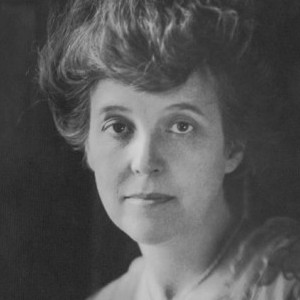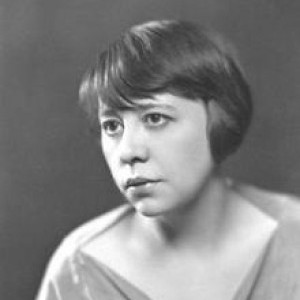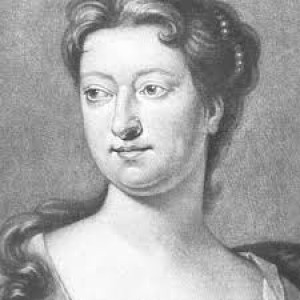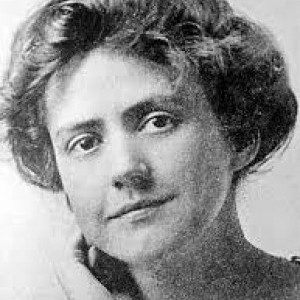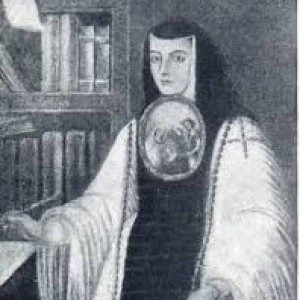The Verge
About the Play
1921
Produced by the Provincetown Players in New York City on November 14, 1921.
5 M, 4 F
Drama,
Full-length (3 acts)
Online: http://www.gutenberg.org/files/10623/10623-h/10623-h.htm#THE_VERGE
Ebook: Amazon Kindle
Print: The Verge. CreateSpace Independent Publishing Platform, 2014.
Four Plays by Susan Glaspell, Echo Library, 2007.
Susan Glaspell: The Complete Plays. Eds. Ben-Zvi, Linda, and J. Ellen Gainor, Jefferson, NC: McFarland, 2010.
Summary
The protagonist, Claire Archer, is desperately in search of new botanical forms, a symbol of her efforts to go beyond the limitations conventionally placed on women. The first and third acts of the play take place in her greenhouse, Act II in Claire’s sanctuary, “a tower which is thought to be round but does not complete the circle” – a structure as imperfect as Claire believes she herself to be. Claire has no use for her conservative teenage daughter, Elizabeth, and feels smothered by the men who covet her, serio-comically named Tom, Dick, and Harry. Frustrated by her seemingly impossible goals, Claire is driven to violence and possible madness.
Background
Glaspell’s inspiration for her protagonist, Claire, may have come from several places, including her own frustration at having to cater to the needs of her husband and the theatre in her writing. In a note about the play, Glaspell called it:
The story of a woman’s adventure out of forms molded for us. In her experiment with plants she sees they sometimes break themselves up, because something in them know they can’t go farther. … She sees life with a clarity which leaves no satisfaction in which to rest.” (Quoted in Ben-Zvi and Gainor, 227)
Glaspell’s previous works had often addressed women’s attempts to break traditional bonds, but The Verge is her most impassioned presentation of this challenge. In many ways the most experimental of Glaspell’s work, it is a favorite of scholars, who admire its daring use of language, the expressionist elements of both setting and character, and the complexity of the themes. Viewers’ and critics’ reactions have been more mixed, with some men discernably disconcerted by the feminist aspects of the play. Alexander Woollcott, the notoriously cranky reviewer for The New York Times, complained about the play’s “steamy hysteria” and failed to understand that Glaspell deliberately invoked stereotypes for the three men in Claire’s life. He praised the acting and the set, and at least acknowledged that women might respond differently to the work than he did. (NYTimes 15 Nov. 1921: 23) Feminist Ruth Hale wrote a rebuttal to Woollcott in the form of a letter to the Times, arguing that Claire is “as clear as glass” to anyone who has come into conflict with “accepted physical or social habit” (quoted in Ben-Zvi, 247).
The Verge has come into its own in the twenty-first century, with recent audiences appreciative of both its innovative techniques, including Glaspell’s experimentations with language, and its timeless subjects. The play is frequently revived by community and university theater companies.
AmericanLiterature.com. “The Verge.” https://americanliterature.com/author/susan-glaspell/play/the-verge/summary.
Ben-Zvi, Linda. Susan Glaspell: Her Life and Times. New York: Oxford University Press, 2005.
Ben-Zvi, Linda, and J. Ellen Gainor. Eds. Susan Glaspell: The Complete Plays. Jefferson, NC: McFarland, 2010.
Gainor, J. Ellen. Susan Glaspell in Context: American Theater, Culture, and Politics, 1915-48. Ann Arbor: University of Michigan Press, 2010.
Ozieblo, Barbara. Susan Glaspell: A Critical Biography. Chapel Hill: University of No. Carolina Press, 2000.
Woollcott, Alexander. The Play. The New York Times, 15 November, 1921, 23.
About the Playwright
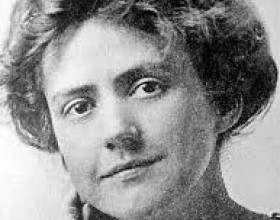
Susan Keating Glaspell (1876-1948) Born July 1, 1876, in Davenport, Iowa, Susan Glaspell published news articles and short stories even before entering Drake University, from which she received a degree in philosophy. Over the course of her career, she wrote more than fifty short stories, nine novels, fourteen plays, and a biography of her husband, George Cram (Jig) Cook. It is difficult to imagine the Provincetown Players (1916-1922) without Glaspell, a founding member who acted as well as w…
View Profile
One Play at a Time Participating Universities
Oklahoma State University
CUNY, Kingsborough Community College
Drew University
Tell us your experience
* indicates a required field.
Article Author
Judith Barlow





